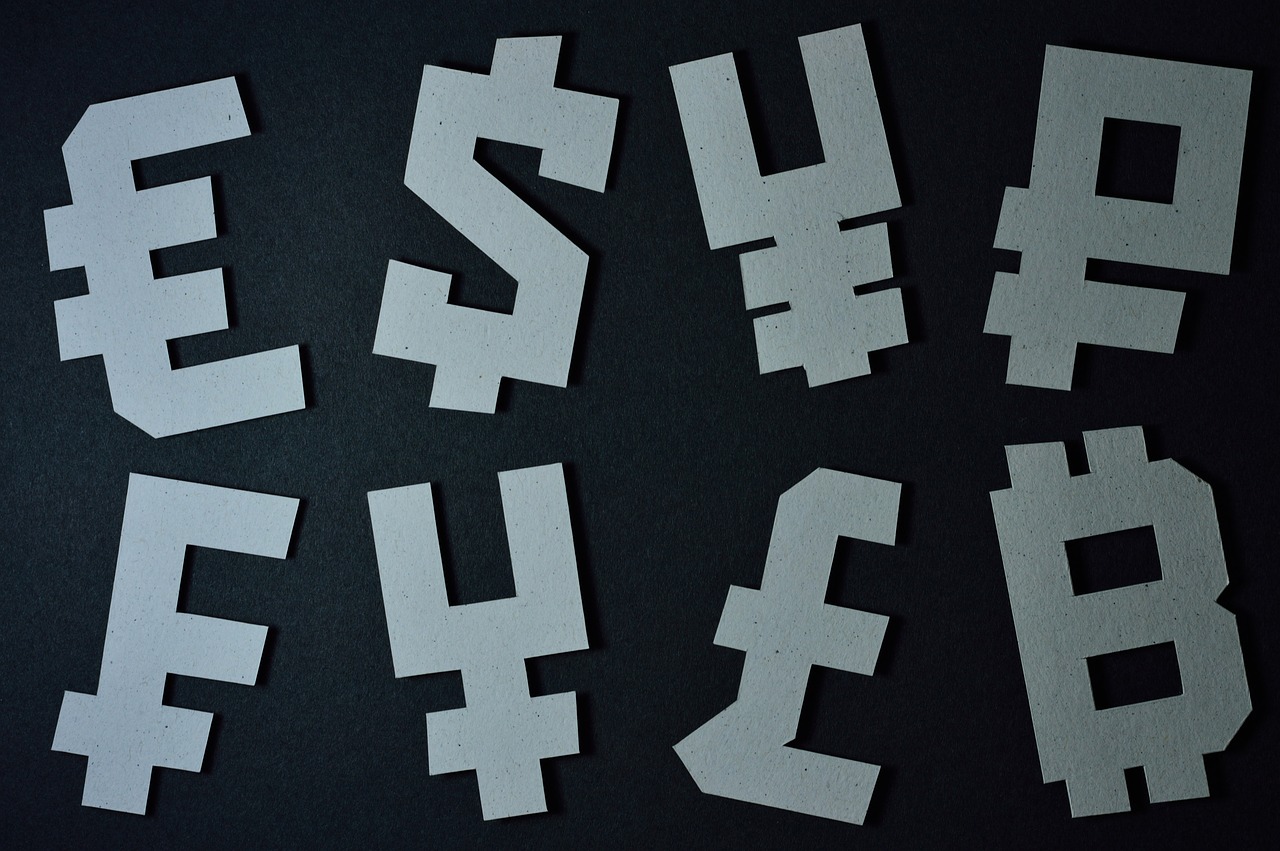Is Digital Yuan (e-CNY) Traceable?
The emergence of the Digital Yuan, or e-CNY, has sparked a global conversation about the traceability of digital currencies. As China’s central bank digital currency (CBDC), it embodies a blend of innovation and control, raising important questions about privacy and surveillance in the digital age. Here is a revolutionary source to learn about the fundamentals and advanced tactics of investing in the market. Start now!
The Tracking of Digital Yuan (e-CNY) by the People’s Bank of China
The People’s Bank of China has developed a sophisticated system for tracking the circulation of the Digital Yuan, relying on a central ledger that records all transactions. Unlike decentralized cryptocurrencies, where anonymity can be preserved, the Digital Yuan operates on a permissioned blockchain. This allows the PBOC to maintain a high level of control and visibility over the flow of digital funds.
Transactions using the Digital Yuan (e-CNY) are processed through a digital wallet, which is linked to the user’s identity. This link ensures that while users can enjoy the convenience of digital transactions, their financial activity remains transparent to the central authority. The wallet app is designed to transmit data regarding transactions back to the PBOC, enabling real-time monitoring of the currency’s movement.
The PBOC’s monitoring capabilities are not only for oversight but also for ensuring the stability and integrity of the financial system. By having access to transaction data, the bank can analyze spending patterns, track the velocity of money, and detect fraudulent activities. This level of traceability is also argued to help in policy-making decisions, as it provides accurate and comprehensive data on the economy’s liquidity.
Moreover, the Digital Yuan’s infrastructure includes advanced features that flag unusual activity. Such measures are integral to the PBOC’s efforts to combat money laundering and other financial crimes. The system’s design reflects a deliberate balance between the efficiency of digital transactions and the regulatory requirements of China’s financial system.
The PBOC utilizes a centralized, permissioned blockchain to track the Digital Yuan, ensuring that while digital transactions are streamlined, they remain under the watchful eye of the central bank. This system of monitoring underpins the Digital Yuan’s promise of fostering a more controlled and transparent digital economy.
Blockchain Technology in Transaction Monitoring for the Digital Yuan (e-CNY)
Blockchain serves as the foundation for the Digital Yuan’s transaction monitoring, providing a secure and immutable ledger that records all transfers and purchases. The technology’s inherent characteristics ensure that once a transaction is added to the blockchain, it cannot be altered or deleted, thus upholding the integrity of the currency’s transaction history.
The Digital Yuan does not utilize a decentralized blockchain like many cryptocurrencies. Instead, it operates on a state-controlled and centralized version, which affords the People’s Bank of China (PBOC) exclusive access and control over the ledger. This setup enables the PBOC to directly monitor the flow of the Digital Yuan and intervene when necessary.
In addition to blockchain, the PBOC incorporates other technologies to augment the system’s efficiency and security. These include advanced encryption methods to protect transaction details and identity verification processes to ensure that all participants in the economy are authenticated and their activities can be traced.
Artificial intelligence also plays a pivotal role in analyzing vast amounts of transaction data. AI algorithms help identify patterns that could indicate fraudulent activity or potential security breaches, thereby aiding in the preemptive measures against economic crimes.
Lastly, the integration of big data analytics enables the PBOC to gain insights into the broader economic landscape by evaluating transaction trends. This analysis contributes to informed decision-making regarding monetary policies and financial regulations.
Through the combined use of blockchain, encryption, artificial intelligence, and big data analytics, the PBOC has established a robust framework for monitoring the Digital Yuan, ensuring that the currency’s digital trail is both transparent and secure.
Conclusion
In conclusion, the Digital Yuan (e-CNY) represents a significant step in monetary evolution, blending technological advancements with regulatory oversight. Its traceability features hold implications for financial privacy and government monitoring, highlighting a complex interplay between innovation and control in the realm of digital currencies. Thanks for reading till the end and I really hope the guide is useful and informative. Happy trading!

